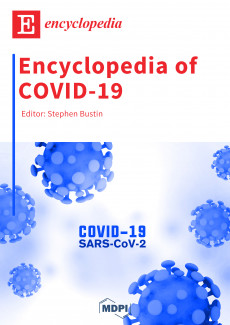Topic Review
- 445
- 30 Sep 2022
Topic Review
- 1.1K
- 09 Nov 2022
Topic Review
- 611
- 11 Oct 2022
Topic Review
- 407
- 14 Nov 2022
Topic Review
- 990
- 15 Nov 2022
Topic Review
- 3.1K
- 11 Nov 2022
Topic Review
- 2.9K
- 23 Nov 2022
Topic Review
- 475
- 29 Sep 2022
Topic Review
- 1.8K
- 25 Nov 2022
Topic Review
- 288
- 07 Nov 2022
Featured Entry Collections
Featured Books
- Encyclopedia of Social Sciences
- Chief Editor:
- Encyclopedia of COVID-19
- Chief Editor:
- Encyclopedia of Fungi
- Chief Editor:
 Encyclopedia
Encyclopedia




